
When you visit Malaysia, you may see a bright eye-catching red color as soon as you set foot in this tropical country. The flaming red hibiscus rosa-sinensis is the national flower of Malaysia. It is called "bunga raya" – "celebratory flower" in Malay and also nicknamed "big red flower."
Bunga raya tree can grow to six meters tall. and the large trumpet-shaped flower can be as wide as 18 cm. These features make it stand out from the lush, dense jungle in tropics. Malaysians believe the brilliant flower symbolizes courage and vitality and its five petals represent five national principles of Malaysia:
• Belief in God
• Loyalty to King and country
• Supremacy of the Constitution
• Rule of law
• Courtesy and morality
Bunga raya was declared national flower of Malaysia in 1960. However, it has been rooted in people's daily life for a much longer time. Since the plant was introduced into Malay Peninsula in the 12th century, Malaysians discovered it is edible and use it in herbal tea and cuisine. It is believed that the flower can help reduce high blood pressure and even treat hair loss.
Here is a collection of photos of this lovely flower.
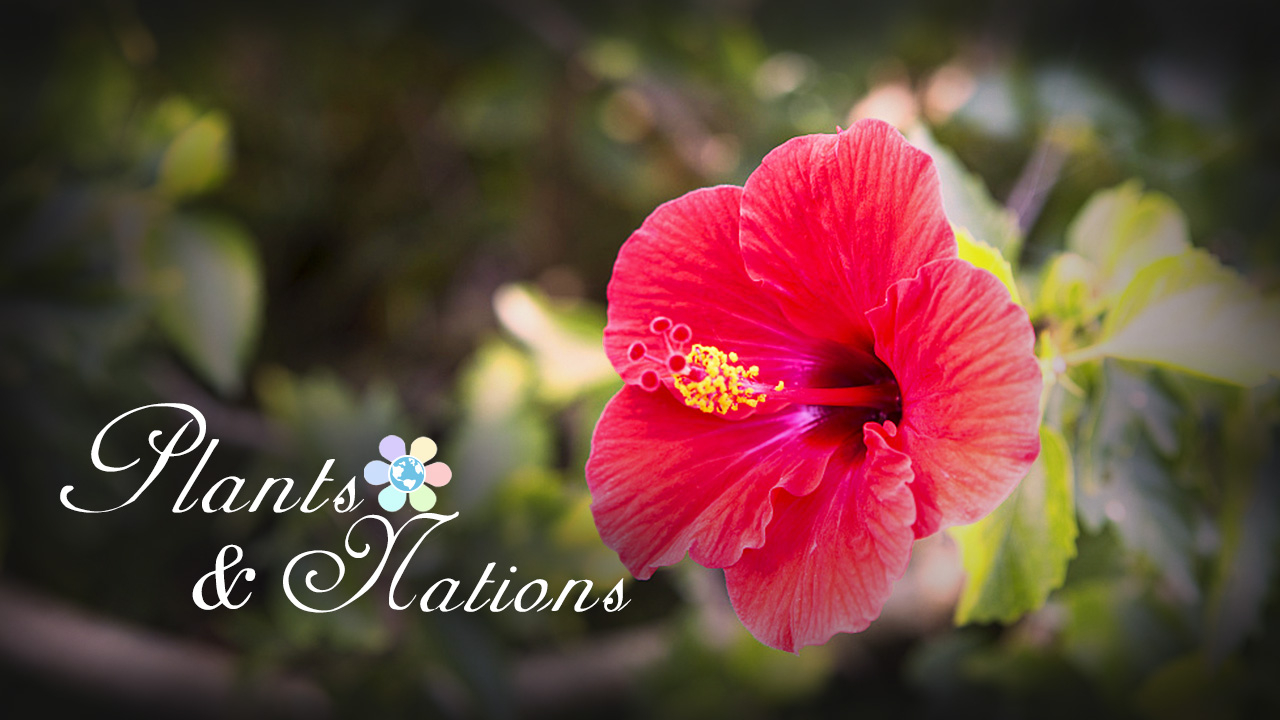
Hibiscus rosa-sinensis. /VCG Photo
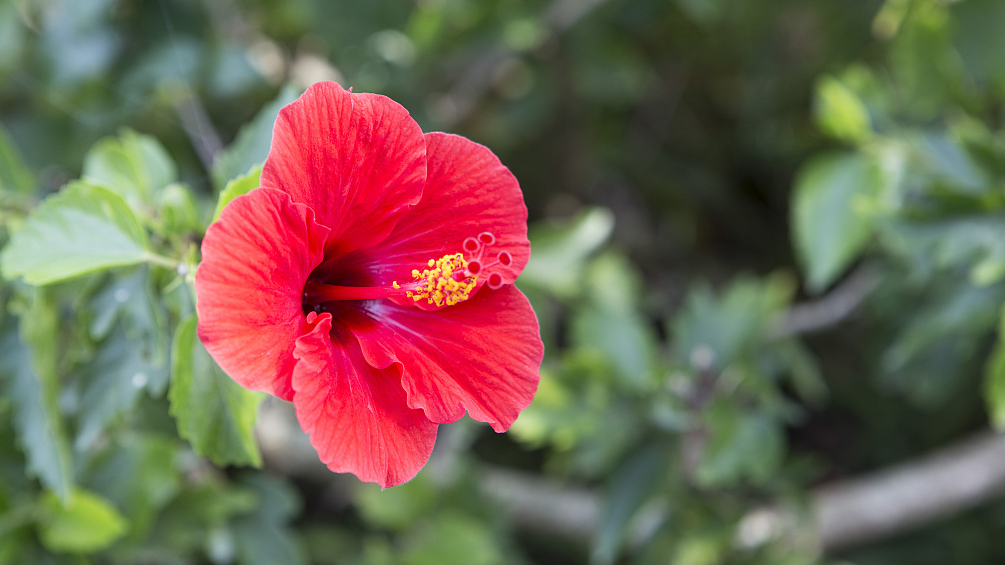
Hibiscus rosa-sinensis is called "bunga raya" – "celebratory flower" in Malay. /VCG Photo
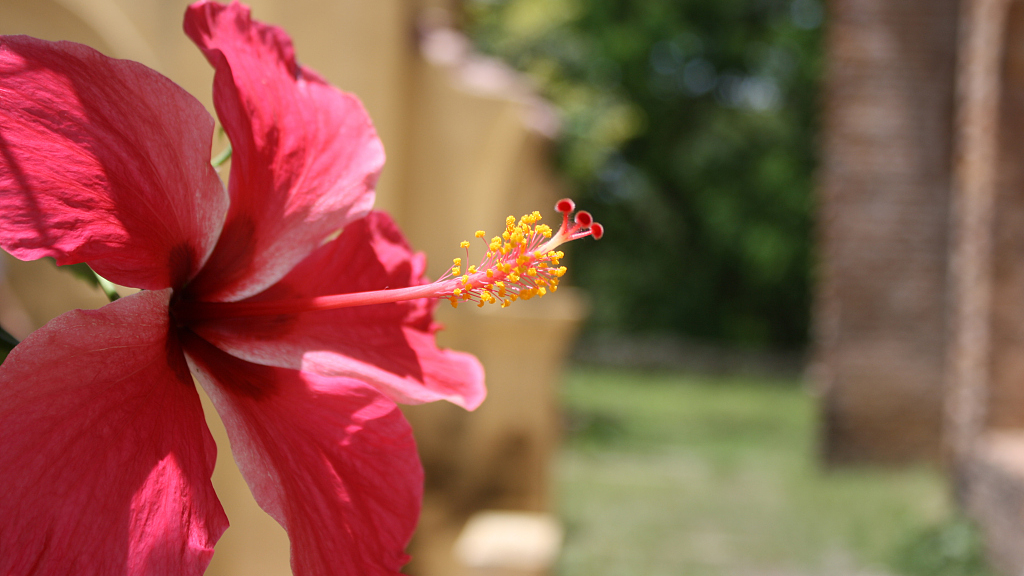
The large trumpet-shaped flower can be as wide as 18 cm. /VCG Photo
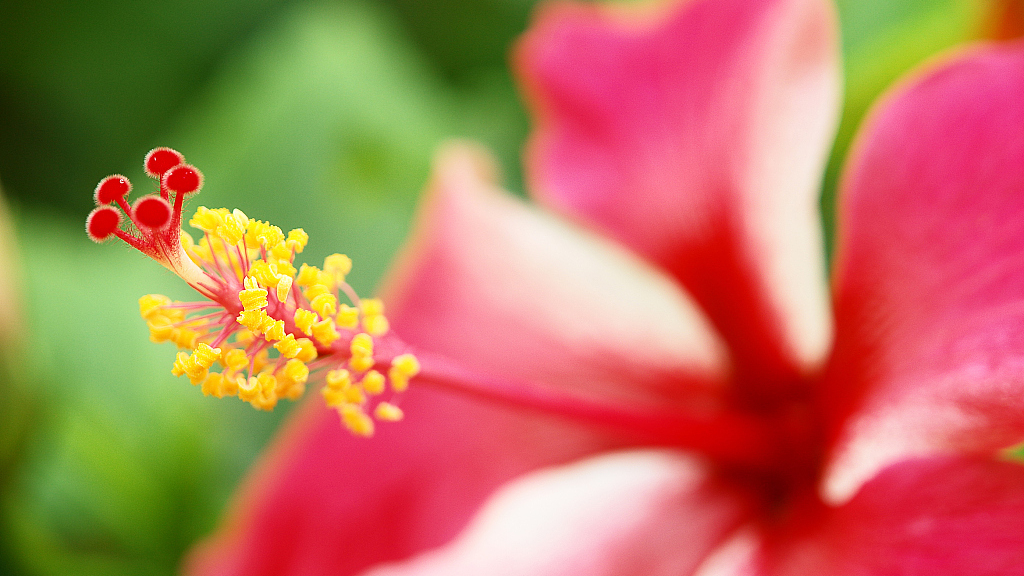
The flower is used in herbal tea and cuisine. /VCG Photo

Hibiscus rosa-sinensis in Malaysia. /VCG Photo
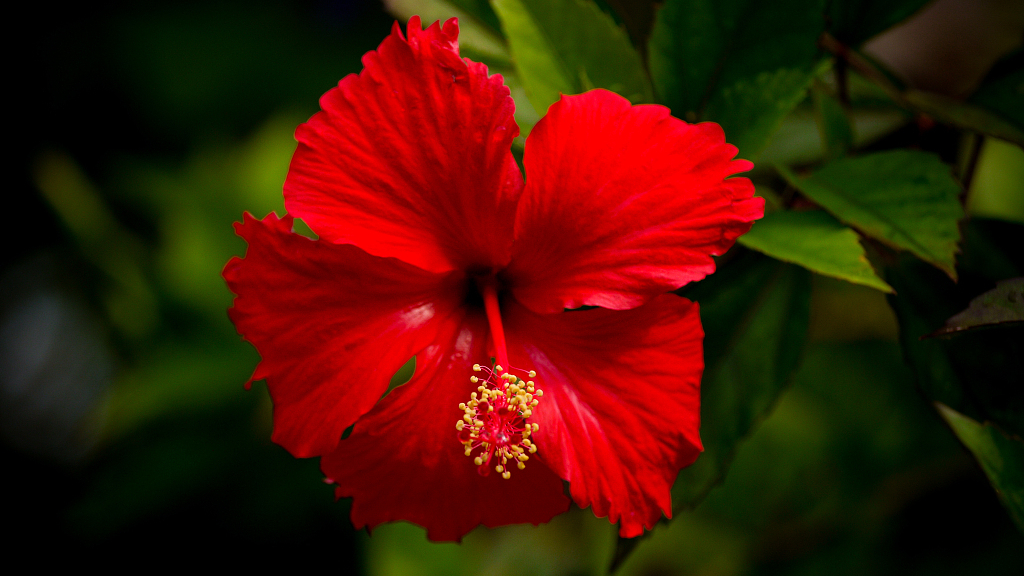
Close-up of hibiscus rosa-sinensis. /VCG Photo
About 'Plants & Nations'
"Plants & Nations" is a series of articles and pictures about common plants in the world. It serves as a guide to beautiful plants from different countries.
For more articles, please click here:
(Cover image via VCG)
(If you want to contribute and have specific expertise, please contact us at nature@cgtn.com.)

Copyright © 2018 CGTN. Beijing ICP prepared NO.16065310-3
Copyright © 2018 CGTN. Beijing ICP prepared NO.16065310-3